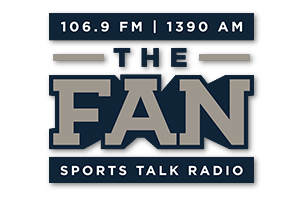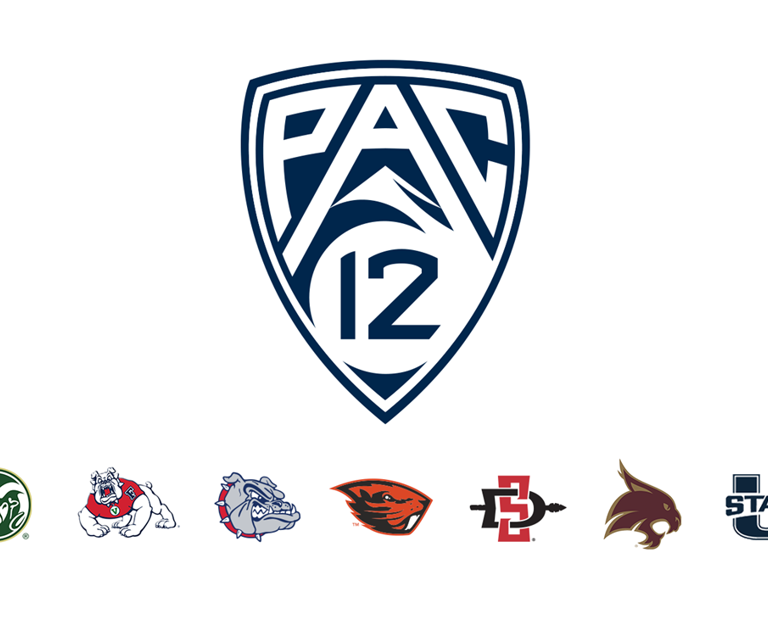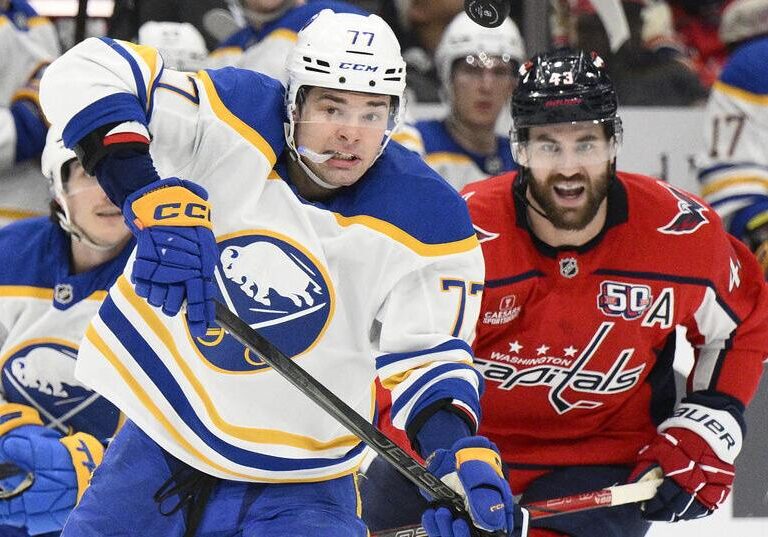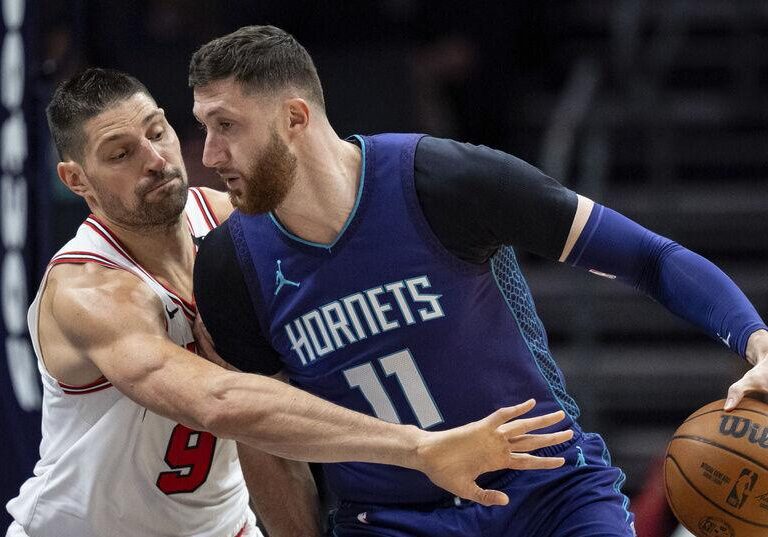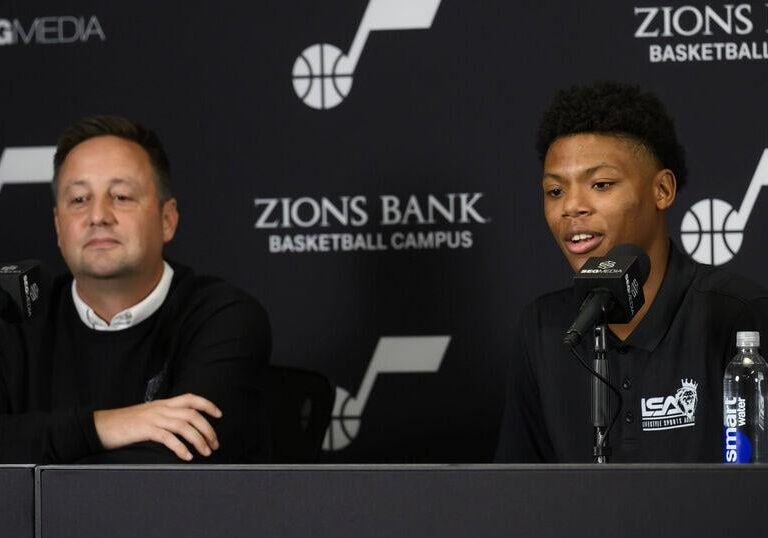Utah State linebacker AJ Vongphachanh. Photo courtesy of Utah State Athletics
LOGAN – Even though Utah State’s 2021 offensive fireworks put on jointly by Deven Thompkins and Logan Bonner provided headlines all year for the Aggies, the old cliché “defense wins championships” applied just the same to the Mountain West and LA Bowl champions.
Case in point, USU’s three most significant wins — at Washington State, at San Diego State and against Oregon State — saw its opponents average just 16.3 points per game (in the other 11 games that average was 26.6). In the biggest games of the year (at least the ones the Aggies won) they performed on defense, sometimes more so than the offense.
With that noted, it becomes clear that while the questions about USU’s offense (Can they replace the wide receivers? Who fills in on the offensive line? Who’s the backup running back?) are important, the biggest key to whether the Aggies can repeat as champions is how good the defense will be. Let’s take a quick look at a couple of case studies from Utah State football’s history to further drive this home.
In 2012 and 2018 the Aggies had two of their best seasons in program history, easily the best excluding the John Ralston era in the early 1960s. But what happened in 2013 and 2019? In 2013 the Aggies went 9-5, made it to the Mountain West championship game, and capped off the year with a victory over 24th-ranked Northern Illinois and Heisman finalist Jordan Lynch. 2019? A mere 7-6 finish, not even close to the title game and a bowl game loss to Kent State, a team that finished third in the MAC East.
The difference? Defense. Let’s throw out some numbers and compare.
The 2012 Aggies averaged 34.9 points per game and allowed 15.4. In 2013 those numbers became 31.8 and 17.1. The 2018 Aggies scored 47.5 points per game and allowed 22.2 with the 2019 squad scoring just 29.2 and allowing 30.7.
Now, the biggest fall-off from 2018 to 2019 was obviously the offense, dropping 18.3 points. But the defense’s drop-off had far more consequences for the team. After all, were the extra touchdowns in the 60-70 point blowouts that raised the per-game average really meaningful? Not particularly. The extra nine points allowed on defense, however, were huge. The Aggies went from a solid defense to one that gave up a first down to a summer nosebleed.
In examining these case studies one can place good confidence in Utah State’s 2022 prospects since if there’s one projected strength of this team, it’s the defense. Which is almost surprising to say when it can be observed that USU lost its two best defensive players from last year, Justin Rice and Nick Heninger. But up and down the defense there are good, returning players and those ready to make the jump this year.
The front line of the Aggies’ defense projects as possibly its strongest group, featuring depth on the edges and the return of defensive leader, Hale Motu’apuaka, on the interior defensive line. The depth on the edges comes primarily from Byron Vaughns, Daniel Grzesiak and Patrick Joyner, Jr. USU’s top offensive tackle, Alfred Edwards, has seen plenty of those three in camp and noted the variety in styles between Vaughns and Grzesiak, the two projected starters.
“Daniel and Byron, they’re so different in their pass-rush moves and their builds that it really forces me and Jacob (South) to have great technique,” Edwards said. “In the Mountain West, I feel like we won’t see much better D-ends than those two.”
Calvin Tyler Jr., who’s also seen the D-line up close and personal from a running back’s point of view, has also been praiseworthy.
“We got some monsters,” Tyler said. “We saw that all camp. If y’all was able to come every practice — them guys have been working. The energy is different.”
The back line of the defense could be nearly as strong and deep as the front line. USU’s secondary has length, athleticism and depth. Two of the team’s top corners from last year, Michael Anyanwu and Andre Grayson, return with Ajani Carter rotating down from safety to play corner full-time. The depth and experience at safety is something that allowed the coaches to move Carter to CB and bolster the somewhat weak depth in that part of the secondary. USU returns Hunter Reynolds, who had the second-most tackles on the team last year, plus Dominic Tatum who missed most of last year with an injury. Newcomer Gurvan Hall, a transfer from Miami, adds more talent and experience and redshirt freshman Ike Larsen has jumped his way up the depth chart and become a potential rotation player on the back end.
The greatest questions for now lie in the linebacking corps. The loss of Justin Rice created a major hole that really hasn’t yet been filled. Rice dominated last year as a true playmaker on defense. In addition to his team-leading 124 tackles and 13.5 tackles for loss, he picked off three passes and forced two fumbles on the year. Rice brought a dynamic element to the defense that’s hard to replace. As of now, the men tasked with replacing Rice are a pair of veterans who’ve spent most of their careers out of the spotlight — AJ Vongphachanh and MJ Tafisi.
Vongphachanh has spent his whole career with the Aggies, starting most of last season, while Tafisi comes to USU after four seasons at Washington. Anderson seems to be impressed by the ability of these two players.
“I feel like the two of those guys have played very well together all camp and have communicated well and picked up where we left on in terms of (replacing) Justin Rice,” Anderson said.
Neither Vongphachanh nor Tafisi will individually match what Rice did, and no one should expect that. And in that sense, the linebacking group will be weaker than last year. But the potential weakness of the linebackers doesn’t so much arise from the starters — both should be at least competent. The issue is depth. Very little lies behind AJ and MJ on the depth chart and incoming striker (the psuedo-linebacker position in USU’s defensive scheme), Kaleo Neves, is inexperienced.
Putting it all together, Utah State’s defense won’t be the greatest it’s put out in program history, or even the last 10 or so years. But it has a great chance at being notably better than last year’s defense that struggled with consistency at times. And with the offense at risk of taking steps back, the defense must take steps forward.
